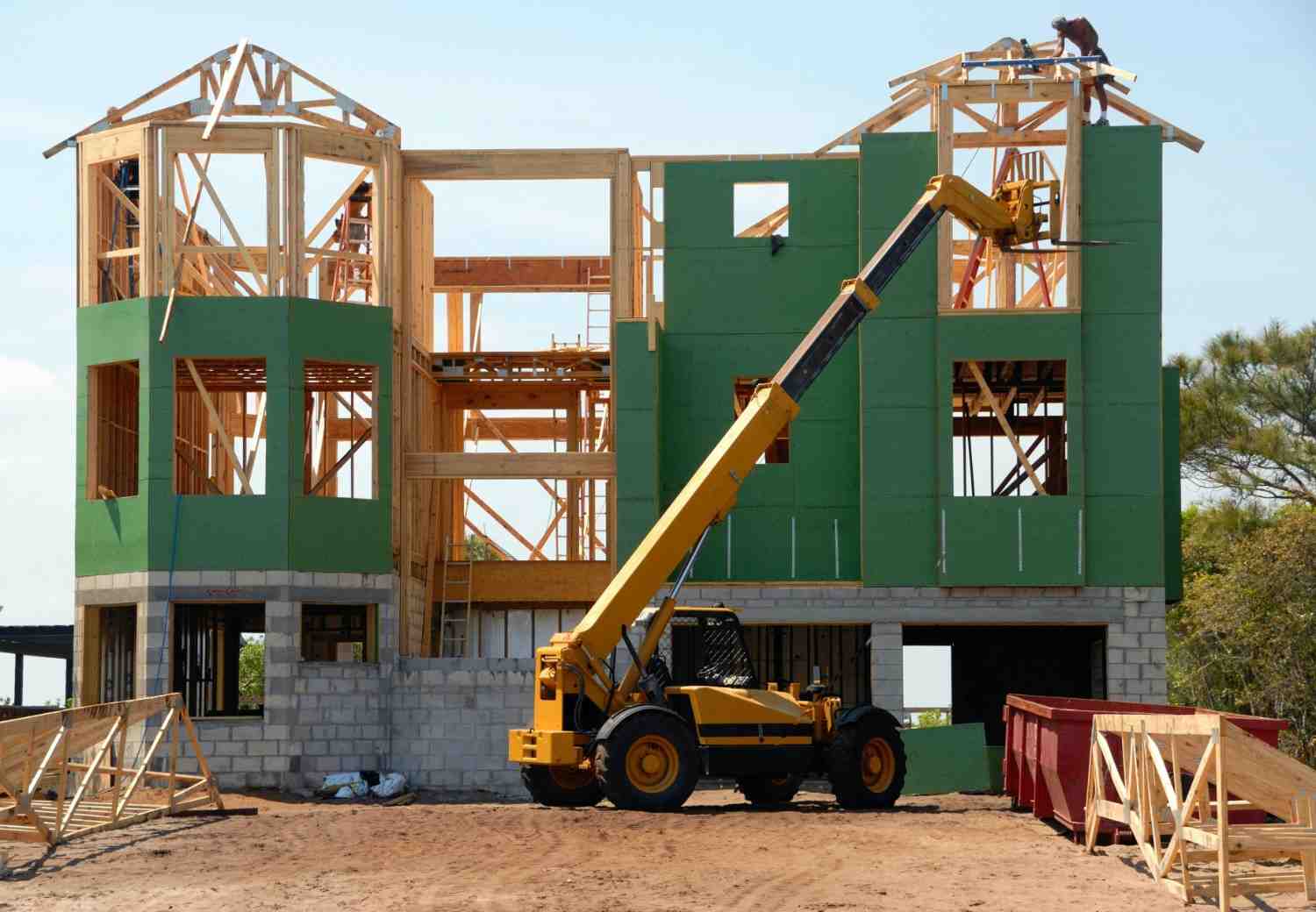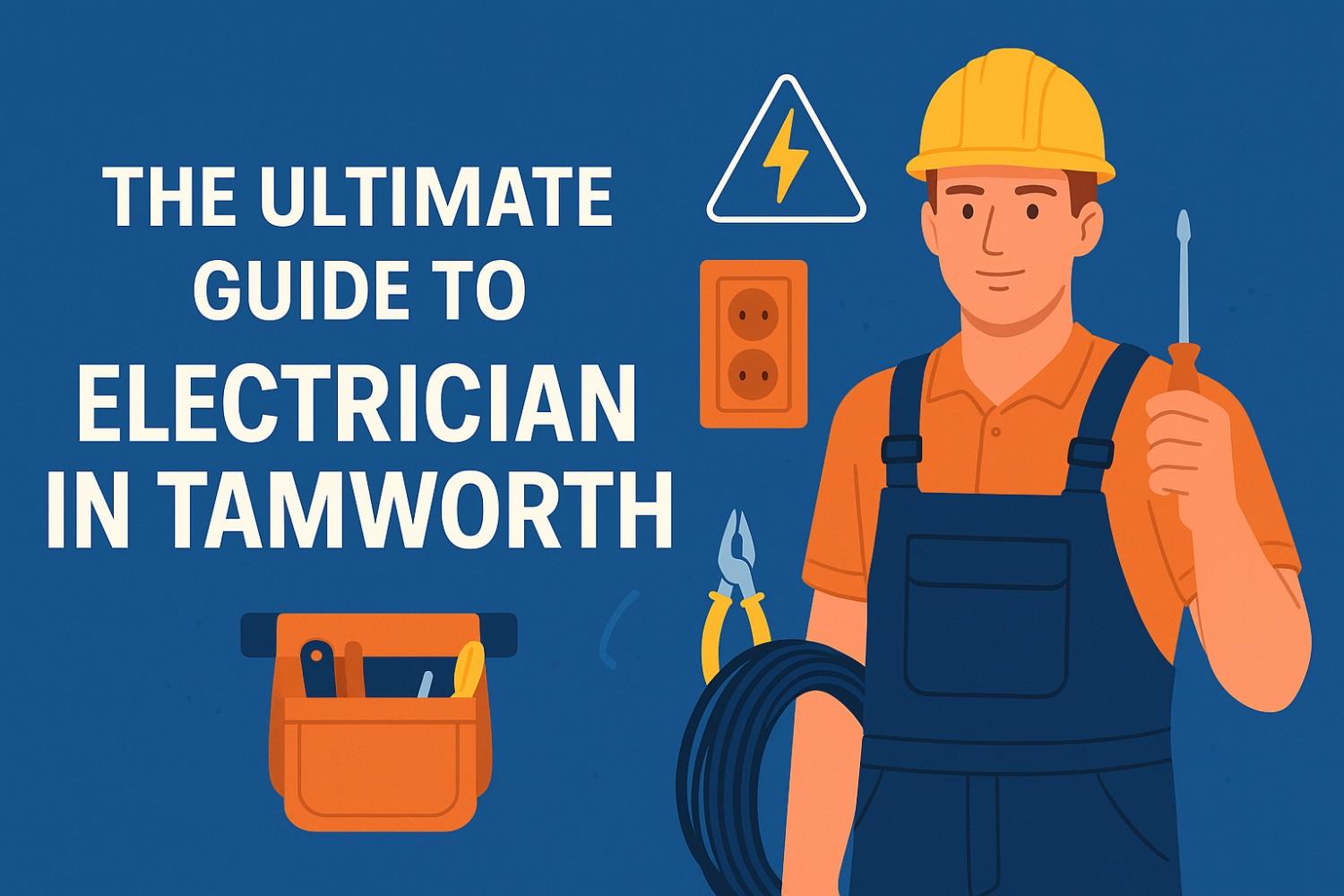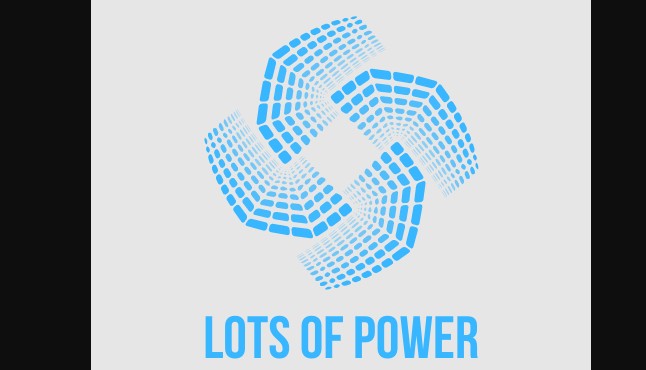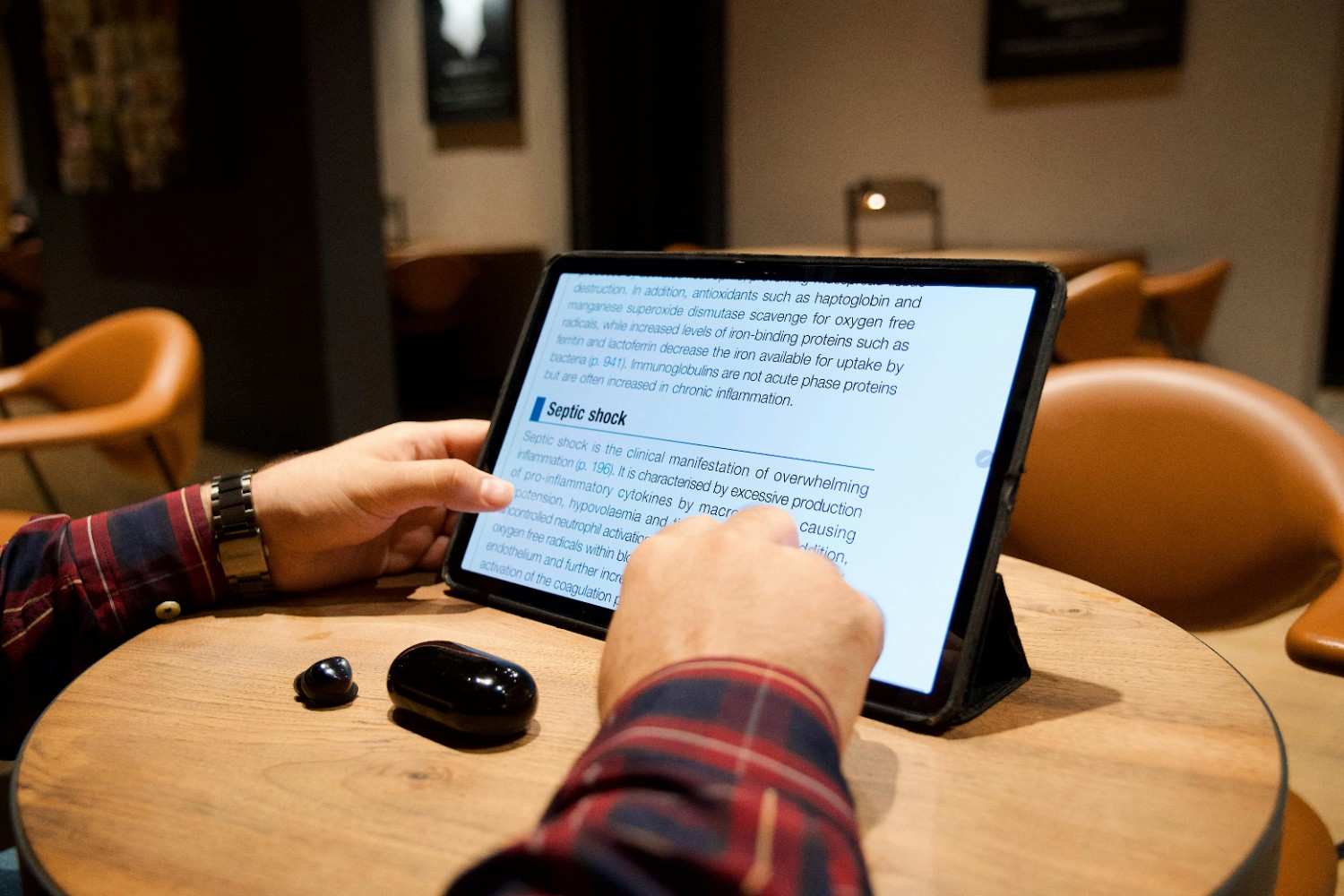
Amazon is famous for its vast selection, fast delivery, and low prices. But does Amazon offer price adjustments or price matching when prices drop after you buy something—or when competitors offer cheaper deals?
This blog breaks down Amazon’s approach in detail, comparing it with traditional retail policies, explaining how its pricing works, and giving practical tips to help you save.
What Is Price Matching?
Price matching or price adjustment refers to a retailer policy where if an item you purchased goes on sale—or is available cheaper at a competitor—you can get the difference refunded or receive a price adjustment.
It is common across traditional retailers, especially for electronics or higher‑priced items. For example, if you buy a TV for $300 and it drops to $250 within the allowed window, you may get $50 refunded—even if you didn’t return the TV.
What Is Amazon’s Price Match Algorithm?
Amazon doesn’t use the traditional price‑match framework. Instead, it relies on dynamic pricing—an automated algorithmic model that adjusts prices in real time based on demand, inventory levels, and broader marketplace signals (including competitor pricing) .
Rather than letting customers report a lower price and issuing refunds, Amazon’s systems continuously monitor other retailers and update its own prices proactively when feasible. The goal is to stay competitive without manual intervention or formal price‑match requests.
Does Amazon Do Price Adjustments?
No, Amazon does not offer price matching against competitors.
Amazon’s Official Policy:
“We don’t offer price matching because we constantly compare our prices with competitors to ensure they’re as low or lower.” — Amazon Help
Even if you submit a lower price from another retailer via the “Tell Us About a Lower Price” tool, this is just feedback—not a guarantee Amazon will change the price or issue a refund.
Does Amazon Price Match Competitors?
No, Amazon explicitly does not match competitor prices. Even if you provide proof of a lower competitor price, they won’t match it. Instead, they rely on their dynamic pricing infrastructure to adjust prices over time. The “Tell Us About a Lower Price” tool only collects feedback; it doesn’t trigger a guaranteed price match or refund.
This contrasts with retailers like Target and Best Buy that maintain formal price-matching guarantees (discussed later).
Summary Table: Price Matching vs. Amazon
| Feature | Traditional Retailer | Amazon |
|---|---|---|
| Formal price match policy | ✅ Yes | ❌ No |
| Post‑purchase price adjustments | ✅ Common (within window) | ❌ Rare, customer‑service discretion |
| Real-time dynamic pricing | Rare or minimal | ✅ Core pricing engine |
| Customer-requested match | ✅ Accepted | ⛔ Not accepted, only feedback kept |
Does Amazon Price Match Competitors?
Amazon does not price‑match competitors. Its official policy states:
“We don’t offer price matching because we constantly compare our prices with competitors to ensure they’re as low or lower.”
Even when customers submit evidence of a lower competitor price through the “Tell Us About a Lower Price” feedback tool, this does not guarantee a price adjustment or refund. It’s simply a feedback mechanism to marketplace sellers or Amazon’s pricing teams.
Does Amazon Price Match After Purchase?
Amazon does not offer post‑purchase price matching or a price adjustment guarantee—even if the item you bought drops in price shortly after. That applies to items sold by Amazon as well as third‑party sellers.
Numerous experiences shared on Reddit reinforce this policy:
“Amazon does not do price adjustments. It’s their printed policy…”
“Agent refused to adjust it and said I have to return it and repurchase.”
While there are occasional discretionary exceptions, those are extremely rare and subject to CSR goodwill—not formal policy.
Understanding Amazon Price Adjustments (Dynamic Pricing)
Instead of manually adjusting prices, Amazon relies on dynamic pricing algorithms to stay competitive in real time. Factors influencing this include:
-
Competitor pricing shifts
-
Inventory levels and stock
-
Demand elasticity and user behavior
-
Special promotions and seasonal trends
This approach means Amazon’s prices may change multiple times per day, sometimes even while the item is in your cart. This helps Amazon stay proactive—rather than reactive—to competitors’ pricing.
The “Tell Us About a Lower Price” tool allows consumers to notify Amazon of lower external pricing, but is used for feedback collection—not price matching guarantees.
Alternatives to Direct Price Adjustments
Since price matching is unavailable, here are the best alternatives:
-
Return and repurchase: If your purchased item is still within Amazon’s return window, return it (unused) and reorder at the lower price. Many users report this works reliably.
-
Use price tracking tools like CamelCamelCamel or Keepa to monitor price history and alert you to drops before purchase.
-
Watch for pre-order price guarantees (e.g., on video games, books) where Amazon refunds the difference if the launch price drops before shipment.
-
Explore Amazon Warehouse, coupons, Lightning Deals, and Prime-exclusive savings for built‑in discounts.
How to Request a Price Adjustment on Amazon
Although Amazon doesn’t formally offer price adjustments, you can still try contacting Customer Service:
-
Log in, go to Help → Something Else → I need more help, and initiate a live chat or phone call.
-
Be polite, provide your order number, item details, and mention the price has dropped.
-
Note: agents are not required to issue refunds, but some may offer a credit as a goodwill gesture (rare).
If unsuccessful, proceed to return & repurchase while within the return window as your fallback.
How to Get the Best Price on Amazon (Without Price Matching)
Use these proactive tactics:
-
Set alerts with CamelCamelCamel or Keepa to detect when prices hit your target.
-
Use Amazon tools like Lightning Deals, Coupons, Subscribe & Save, and Prime-only offers for built‑in savings.
-
Time your purchase—sign up for newsletters and track events like Prime Day for lower baseline pricing.
-
Combine return & reorder strategy if price drops occur within Amazon’s return window (usually 30 days).
Amazon Price Match vs. Competitor Policies
Here’s how Amazon compares to other major retailers:
| Retailer | Price Matching | Post‑Purchase Adjustment | Time Window | Notes |
|---|---|---|---|---|
| Amazon | ❌ No | ❌ Usually no | N/A | Relies on dynamic pricing; only feedback tool is available |
| Best Buy | ✅ Yes | ✅ Yes | ~15 days | Requires competitor proof; excludes special promotions |
| Target | ✅ Yes | ✅ Yes | ~14 days | Matches Amazon, Walmart; excludes clearance & membership deals |
| Walmart | ✅ Online only | ❌ No | Before purchase | Matches Amazon.com prices only before checkout; no retroactive match |
In a nutshell: Amazon does not price match nor retroactively adjust, while other retailers like Best Buy & Target do—within conditions.
Key Takeaways & Recommendations
-
Amazon’s “Price Match Algorithm” is actually a dynamic‑pricing engine—there’s no manual match process or guarantee.
-
No post‑purchase price adjustment policy exists, but you can try contacting support or returning & repurchasing if price drops.
-
Use proactive tools (e.g. Keepa, CamelCamelCamel), Amazon deals sections, and stay alert to promotions to save the most.
-
Competitor policies vary—Best Buy and Target offer formal price matching and refund-of-difference, typically within 14–15 days.
-
Returning & rebuying is the most reliable “hack” on Amazon if you join early alerts and act quickly.
Additional Case Examples & Reddit Insights
Reddit users have shared consistent feedback:
“Agent refused to adjust… said I have to return it and repurchase.”
“Amazon does not do price adjustments. It’s their printed policy…”
DealNews emphasized:
“Since Amazon does not have a guaranteed price adjustment policy… it’s worth asking a customer agent—but they aren’t required to give a refund.”
GroovyPost clarifies the typical refund period is within one week of purchase—any longer and it’s unlikely you’ll get a refund for a price drop.
Step-by-Step Script to Request a Price Adjustment from Amazon
Step 1: Go to Customer Support
-
Sign into your Amazon account.
-
Go to “Help” > “Something else” > “I need more help”.
-
Start a live chat or request a call back.
Step 2: Have the Following Info Ready
-
Order number
-
Product name
-
Date of purchase
-
Screenshot or link to the current lower price on Amazon (if applicable)
Step 3: Use This Sample Live Chat Script
Hi there! I recently purchased [Product Name] on [Order Date], and I noticed that the price has dropped from $[Old Price] to $[New Price].
I understand Amazon doesn’t officially offer price adjustments, but I’ve been a loyal customer and was hoping to receive a goodwill credit or refund of the price difference, if possible.
If it’s not feasible, I’m happy to return and reorder it at the lower price—but I figured I’d check with you first in case you could help. 😊
Sample Phone Call Script
“Hi! I bought [Product] a few days ago, and I noticed that the price dropped soon after. I know Amazon doesn’t usually price match, but I wanted to ask if it’s possible to receive a credit or refund for the difference as a courtesy. If not, I’m happy to go through the return and repurchase route.”
If They Refuse — Use This
If the rep says no, try this polite follow-up:
I understand—it was worth checking! In that case, would it be okay if I simply return and repurchase the item at the lower price? It’s unopened and within the return window.
Final Thoughts & Next Steps
Amazon’s refusal to price match may feel restrictive—but its dynamic pricing ensures competitive baseline pricing. Savvy shoppers adapt by leveraging third-party tools, act quickly when price drops happen, and use smart tactics like return & repurchase.
Would you like me to add a Part 4 featuring specific step-by-step messaging/sample scripts to Amazon Customer Service, example success stories, or best times of day/week to shop based on price fluctuation patterns? Let me know!









